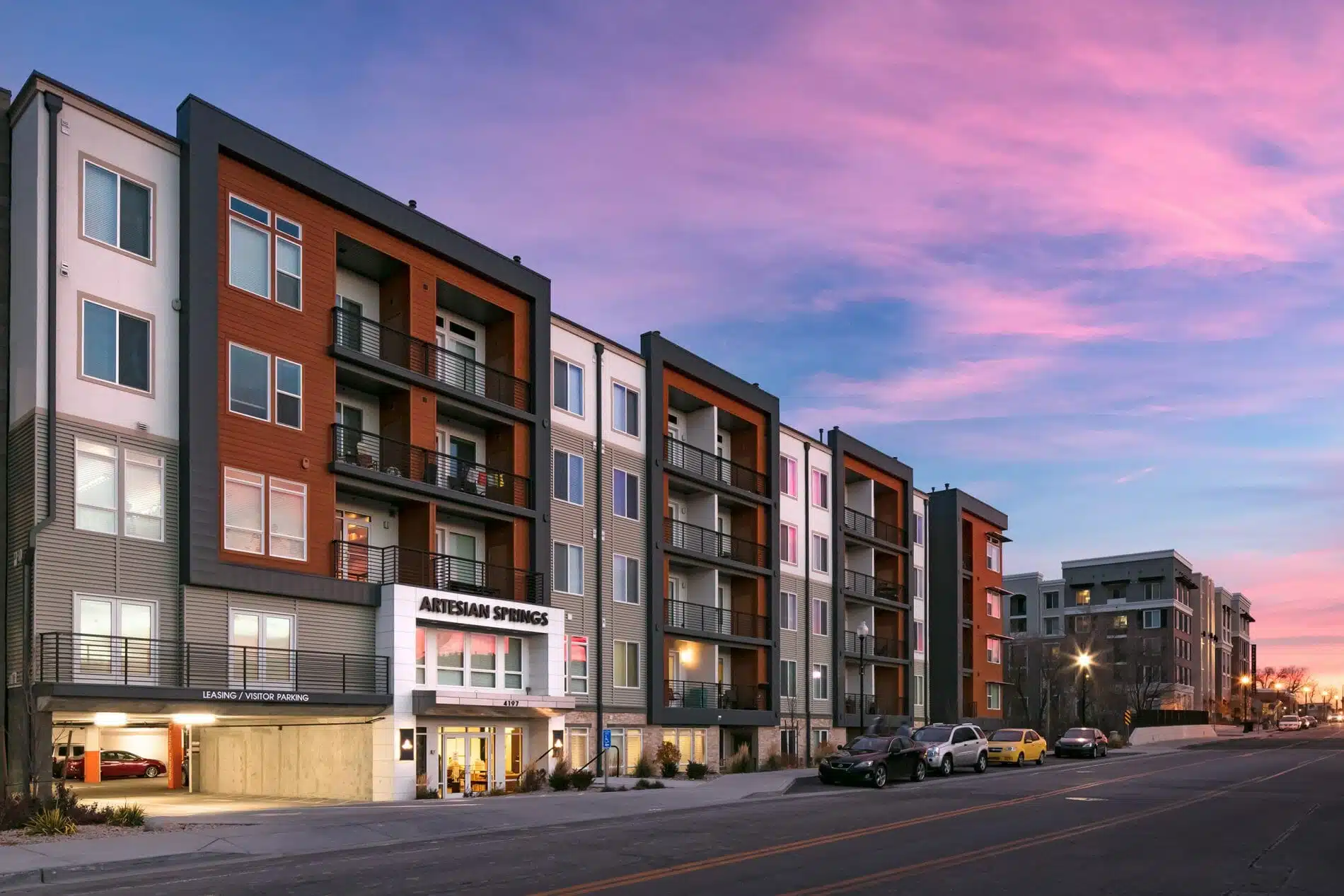Transit Oriented Development Definition
Transit-Oriented Development or (TOD) is an urban planning term and the trend is the exciting fast-growing trend in creating vibrant, livable, sustainable communities. A global shift from urban sprawl to inclusive TOD is a most urgent matter. It is, however, more easily conceptualized than executed. Multiple complex and interdependent elements must be aligned and brought together. They range from infrastructure, street, and building planning and design, to codes, regulation reform, and finance.
Transit-oriented development is also a significant solution to the severe and growing problems of climate change and global energy security by creating dense communities that significantly reduce the need for driving and energy consumption. It promotes a symbiotic relationship between dense, compact urban form and public transport use.
Transit-Oriented Developments are rapidly growing across America. Commonly known as TOD, these developments are compact, walkable, pedestrian-oriented, mixed-use communities that center around high-quality transit systems. As urban living becomes more centralized, TODs are higher in demand. However, why are so many real estate developers turning towards TOD projects? Let’s discuss.
Factors Driving the TOD Trend
Rapidly growing traffic congestion throughout the nation is leaving cities wondering how they’ll accommodate. One of the most significant ways urban communities are handling this problem is through light rail systems. Not only are metropolitan areas growing, the desire for an urban lifestyle has increased throughout the nation, especially among unmarried people, empty-nesters, millennials, and people who work in the city.
Along with a growing trend towards urban living, an emphasis on environmental health is also pushing transit-oriented developments forward. TODs are a major solution to the severe and growing problems of climate change and global energy security by creating dense, walkable communities that significantly reduce the need for driving and energy consumption. TOD living arrangements can reduce energy use by up to 85%.
Benefits of Transit Oriented Development
There are many reasons communities and people are turning to TODs, including everything from lifestyle benefits to economic pressure. Here are just a few:
- Reduces dependence on driving.
- Cuts household spending.
- Offers a higher quality of life.
- Increased transit ridership.
- Promotes a healthier lifestyle.
- Stabilized property values.
- Increases foot traffic to local businesses.
- Reduces dependences on fossil fuels.
- TODs allow residents to live, work, and play in the same place.
- Reduces impact on the environment.
- Stimulates the economy.
- Better access to recreation and entertainment.
- Easier access to work.
- Revitalize urban communities.
- Makes transit to and from urban and suburban areas easier.
- Higher efficiency of land and roads.
Distinguishing Features of TODs
The goal of transit-oriented developments revolves around the promotion of successful land development, transit ridership growth, and community sustainability. But what makes these projects different than other architecture projects? Here are three ways.
1. Transit Oriented Developments Are Planned Differently
When designing a transit-oriented development, our project developers plan everything differently. Since everything is centered around the transit system, we look at the space in a new way. From innovative unit types to retail spaces, everything is situated in a more creative way than other types of developments.
2. Parking Ratios Are Important In TOD’s
TOD planners use various strategies and calculations to measure the necessary amount of parking to support the project without overbuilding. Parking requirements for high-density developments like transit-oriented developments are often significantly less because they account for community walkability and the convenience and availability of transit options.
3. More Emphasis on a Denser Structure Set-Up
TOD planning is an urban design that requires a heavy emphasis on the spatial experience throughout the development. This requires working closely with available transit stations and incorporating them seamlessly into the design often by creating a sense of community using streets, public spaces, plazas, and parks. Additionally, it is necessary to implement the right amount of parking space by placing an emphasis on the transit system. By harmonizing the set-up perfectly, the development will thrive into a profitable TOD.
Contact Think Architecture today to learn more about transit-oriented developments and our most recent TOD projects.
Visit A Transit-Oriented Development Built By Think Architecture
Take a look at one of the transit-oriented development projects Think Architecture recently completed in Salt Lake County. This project combined several of our disciplines and helped anchor a revitalization project of a polluted 5.2 acres.


